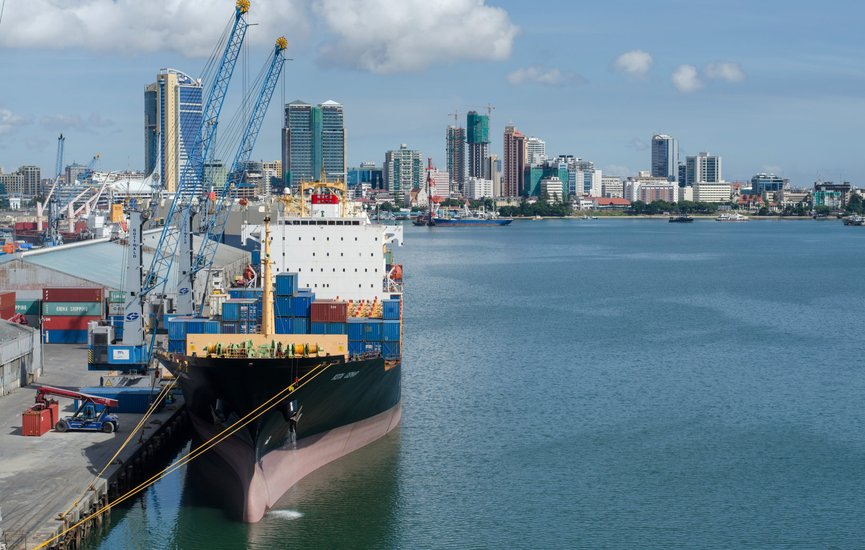At the Third United Nations Conference on Landlocked Developing Countries (LLDC3), held on August 6, 2025, in Awaza, Turkmenistan, Tanzania made a compelling commitment to grant its landlocked East African neighbours unfettered access to the sea, underlining the urgency of regional integration and trade facilitation. Prof. Godius Kyaharara, Permanent Secretary of the Ministry of Transport, announced that the country is implementing a suite of reforms to make this possible. These include upgrading operational efficiency at the Port of Dar es Salaam, expanding connectivity through the Standard Gauge Railway, and introducing one-stop border post systems to reduce delays and streamline cargo movement.
The move could be transformative for nations such as Uganda, Rwanda, Burundi, the Democratic Republic of Congo, Zambia, and Malawi, whose trade flows are often hindered by geographic constraints. Tanzania has already taken steps to expand its reach by acquiring 60 hectares in the DRC for the construction of a dry port to support the Central Corridor, as well as formalizing 50 previously informal maritime and lake ports to ensure safer, regulated access. Its strategic coastline, anchored by Dar es Salaam, Tanga, and Mtwara ports, places it in a prime position to serve as a regional trade hub.
Currently, landlocked countries contribute only about 5 million tonnes of the 17 million tonnes of cargo handled annually at Dar es Salaam, leaving significant untapped potential. Modernization efforts are already bearing fruit. At Dar es Salaam Port, a $250 million investment by DP World has boosted cargo volumes to 23.7 million tonnes in 2023/24, representing a 110 percent year-on-year increase. The improvements have also cut container costs by more than 60 percent, enabled simultaneous vessel handling, and introduced twin-lift container operations. Similar upgrades at Tanga Port, which has achieved a 134 percent increase in cargo volumes, and Mtwara Port, which recently received its largest-ever vessel, further bolster Tanzania’s growing status as a maritime powerhouse.
These port enhancements are complemented by renewed investment in regional transport links. The Tazara Railway, built in the 1970s to connect Zambia to Dar es Salaam, is undergoing a multi-billion-dollar rehabilitation backed by China and the World Bank. Tanzania is also establishing liaison offices in neighbouring countries such as Malawi to speed up communication, verify fees, and resolve shipment claims without the need for physical presence at the ports.
Tanzania’s strategy aligns with the UN-endorsed Awaza Programme of Action (2024–2034), which focuses on improving infrastructure, trade facilitation, and resilience for 32 landlocked developing countries worldwide. The plan was launched at LLDC3, where UN Secretary-General António Guterres urged the global community to support these nations, which together account for 7 percent of the world’s population but only 1 percent of global economic activity.
By modernizing its ports, enhancing rail and dry-port capacity, and streamlining border logistics, Tanzania is positioning itself as the logistical backbone of East and Central Africa. This is more than an infrastructure project; it is a declaration of Pan-African solidarity and an economic vision that transforms geographic barriers into opportunities for shared growth. If delivered as promised, Tanzania’s commitment will not only give landlocked neighbours a direct path to the sea but also reshape the region’s economic future for decades to come.
